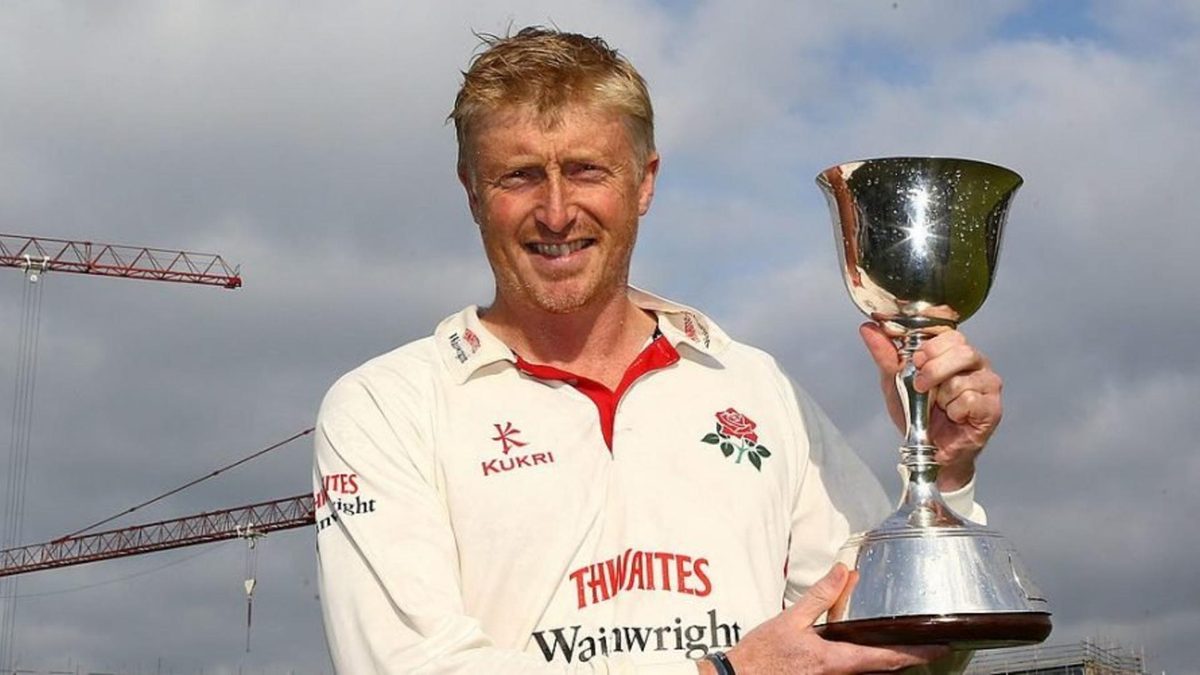
The Wisden Cricket Weekly Podcast recently picked out a team of players who didn’t play enough Test cricket, but what about those who went uncapped altogether?
The list of players who could have been given a chance but weren’t is huge, and when we asked you who you thought were the best players from your country never to play Test cricket, the responses were many. Here’s a selection of names who seemed to keep cropping up.
Glen Chapple (England)
https://twitter.com/MarkCorbett87/status/1249342095799746560?
One of the finest to ever play for Lancashire, Chapple notched 8,725 runs and 985 wickets in first-class cricket, but never once donned Test whites. His only international appearance, in fact, came in an ODI in 2006 against Ireland in Belfast. He scored a 13-ball 20* and then bowled four overs before succumbing to injury. He never played for England again, but built a reputation as a fine seam bowler, a handy batsman and a trusty leader.
Amol Muzumdar (India)
https://twitter.com/drunken_09/status/1249342659719770113
One of a few batting stalwarts in India’s domestic cricket scene to miss out on international cricket. Muzumdar was considered the next big thing from Mumbai’s school of batting, and did his bit in domestic cricket, consistently churning out runs since scoring 260* on his debut for Mumbai. However, an international call-up eluded him, even as his contemporaries – the likes of Rahul Dravid and Sourav Ganguly – made the next step. He eventually called time in 2014, having scored a mammoth 11,167 first-class runs in 171 matches.
Michael Klinger (Australia)
https://twitter.com/jlandsme_93/status/1249346527144771585
There were three T20Is for Australia in 2017, when he was 36, but that seemed a cursory call-up for a career spent expecting a Test bow. Many Australians are still scratching their heads, wondering why Klinger was never really given a real look-in at the national level. He scored 11,320 runs in 182 matches before retiring in 2017, but for some reason or the other, the Australian selectors kept looking past him. Perhaps it was because his prime came at a time when the Australian golden generation were in their pomp.
Clive Rice (South Africa)
Clive Rice
— Riaan Ferreira (@Riaanf31) April 12, 2020
Rice can be considered one of the unluckier cricketers in South Africa history. His career coincided with South Africa’s period of isolation, and by the time of their re-emergence, Rice was considered too old to play Test cricket. However, South Africa’s loss was Nottinghamshire’s gain – with both bat and ball, he turned the county into one of the most feared teams in the circuit, leading them to their first Championship win in 52 years in 1981. Similarly shorn of a Test career by isolation were Garth le Roux and Vince van der Bijl, the latter of whom took his 767 first-class wickets at an astonishing average of 16.54.
James Hildreth (England)
Who, in your opinion, is the best player from your country to never play a Test match? pic.twitter.com/5mriA8KiqM
— Wisden (@WisdenCricket) April 12, 2020
He is now 35 and is still an active cricket, but Hildreth’s time with England never arrived. And if it didn’t when he scored over 1600 first-class runs in 2015 – he was already 31 by then – it’s unlikely it will now. Hildreth has scored a stunning 17,158 runs in 263 first-class matches, most of them for Somerset, and along with Chapple, his non-selection by the England selectors over the years will likely go down as a mystery we’ll never find the answer to.
Jamie Siddons (Australia)
Jamie Siddons
— David Woodifield (@davidwoody13) April 12, 2020
One of several Australians unlikely enough to be born in an unmatched golden era of national talent that spanned the 1990s and 2000s, Siddons made 35 hundreds at an average a shade under 45 with only a solitary ODI cap to show for his efforts. Jamie Cox and Darren Berry could be included alongside him, while James Hopes came along later.
Darren Stevens (England)
Darren Stevens
— Samuel Faulkner (@Samuel_F01) April 12, 2020
Darren Steven’s first-class stats – a batting average of 35 and a bowling average 10 runs less – stand up with the great all-rounders of the ‘80s, though some would argue his medium pace would lose its effectiveness at the top level. That Stevens has aged like fine wine has also not helped his cause – it wasn’t until in his 30s that he started piling on the wickets, and by then England were looking elsewhere.
Alan Jones (England)
Don Shepherd. And, controversially, Alan Jones.
— Chris Drew #stayhomestaysafe #washyourhands (@mesnilman) April 12, 2020
The man with more first-class runs than any other not to receive a Test cap – Glamorgan counterpart Don Shepherd also earned shouts and held the corresponding record for wickets – was doubly unlucky. He was the only player in England’s 1970 series against a Rest of the World XI, considered to be Tests at the time only to have their status revoked, not to win a cap at some other time. He remained a loyal servant for Glamorgan for many years.








